In a rare move reflecting cultural diplomacy across the Persian Gulf, Iran and Oman in May 2025 unveiled a joint commemorative postage stamp. It features two mosques: the Grand Mosque of Sultan Qaboos in Muscat, and the lesser-known Grand Mosque of Bastak, a small city located in Iran’s southern Hormozgan province.
While at first glance, the stamp appears to symbolise shared Islamic values and neighbourly ties, its visual choices, particularly the depiction of Bastak’s mosque, have prompted discussion among observers. Why was this mosque selected over other, more prominent religious landmarks in southern Iran?
A Surprising Selection
Bastak, with a modest population and limited national visibility, is not typically seen as a major religious or cultural centre. Cities such as Bandar Abbas or Bandar Lengeh are more prominent in Iran’s southern Sunni geography. Yet Bastak holds a unique position in the cultural memory of the Gulf region.
Historically, Bastakis have maintained extensive social, commercial, and familial ties with Oman and the UAE. The Al Bastakiya district in Dubai is named after migrants from Bastak who settled in the area generations ago. These human connections may well have played a role in the mosque’s selection, as a symbol recognisable not by political weight, but by shared history.
A Mosque With a Message
Unlike most mosques in southern Iran, which are typically built with flat roofs, single minarets, and simple plaster façades, Bastak’s Grand Mosque is visibly distinct.
It features a large central dome, reminiscent of the Prophet’s Mosque in Medina. The mosque has two tall minarets, a feature more commonly found in Shia mosque architecture. It incorporates Iranian-style tilework, featuring intricate blue and turquoise patterns that blend local and national aesthetics.
These architectural features position Bastak Mosque somewhere between sectarian traditions, making it an ideal candidate for a symbol of cultural synthesis. In a region often categorised by religious lines, the mosque’s hybridity becomes its strength, visually conveying coexistence and unity.
The Role of the Mosque’s Patron
The mosque was funded by Eisa Saleh Gorg, a well-known local figure whose name appears on the mosque’s foundation inscription. Contrary to some assumptions, he was not a religious scholar, but a man of social influence, possibly a merchant or landowner. His role in building the mosque is remembered as philanthropic rather than theological.
This too adds to the mosque’s symbolic value: it reflects a religious site built not through clerical establishment, but community initiative, making it both accessible and inclusive.
Not Bandar Abbas, Not Bandar Lengeh, Why Bastak?
Although Bandar Lengeh is today widely recognised as the religious hub of Sunni Islam in southern Iran, it is Bastak’s scholars who have historically held greater cross-border influence. Some clerics from Bastak have played advisory or leadership roles in Gulf communities, further cementing the town’s religious and cultural outreach.
Bandar Abbas, a strategic and heavily garrisoned port city, might have carried more nationalistic or political symbolism than desirable for a gesture aimed at regional unity. Bastak, in contrast, offers a softer, more culturally resonant message.
A Cypress in the Desert
One detail in the stamp’s artwork has attracted particular attention: behind the Bastak mosque, a tall cypress tree is shown, a long-standing symbol of Persian identity and endurance. Yet, the cypress does not grow naturally in Bastak’s dry climate.
In contrast, the Omani mosque is framed by a date palm, indigenous and emblematic of the Arabian Peninsula. The artistic decision to insert a Persian tree into the Bastak scene appears intentional, suggesting a subtle reinforcement of Iranian identity, even in a Sunni-majority region.
This juxtaposition of national flora, cypress for Iran, palm for Oman, is not just botanical, but semiotic.
A Stamp as a Statement
The Iran-Oman joint stamp may be small in size, but it carries a message much larger than its format. In choosing Bastak’s mosque, Oman has perhaps sought to honour a shared Gulf heritage, rooted in migration, mutual respect, and cultural exchange.
For Iran, it is a nod to its internal religious diversity, projecting unity without erasing difference.
And for the world, it is a quiet but meaningful reminder that even in a region marked by rivalries and religious divides, symbols of coexistence still matter, and sometimes, they arrive in the post.



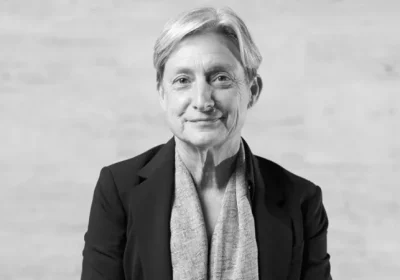


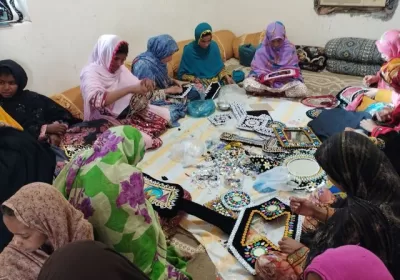
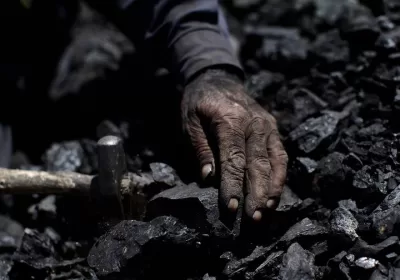




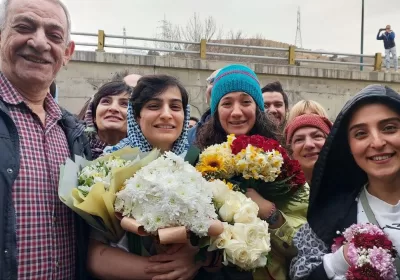

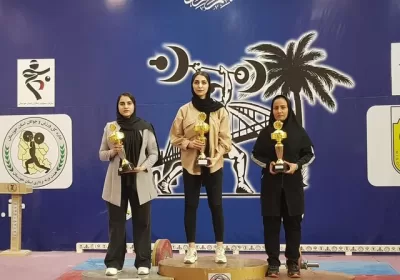
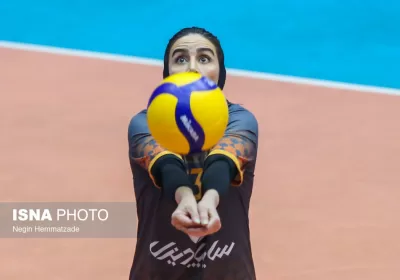
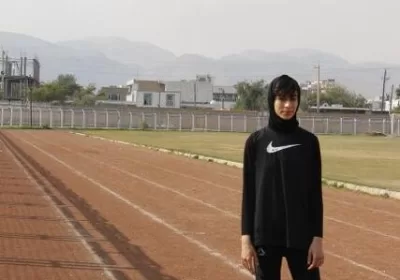
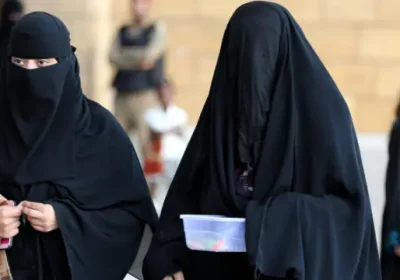


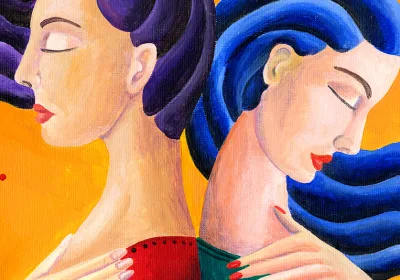

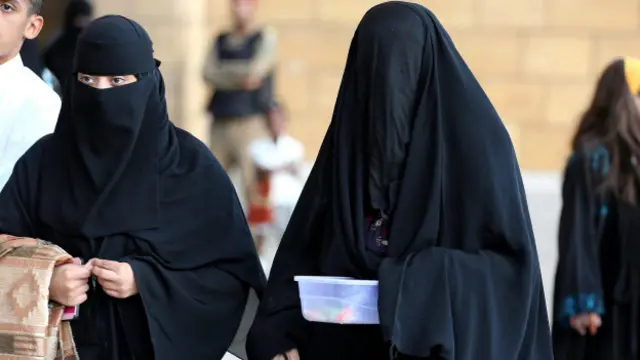



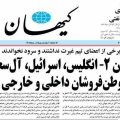
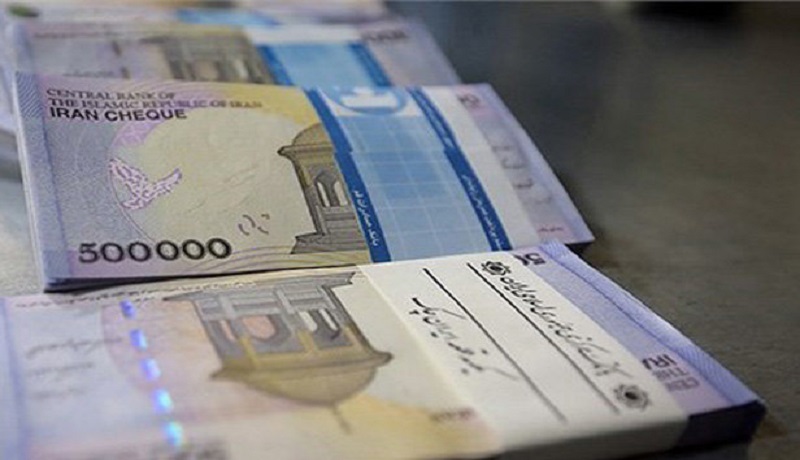


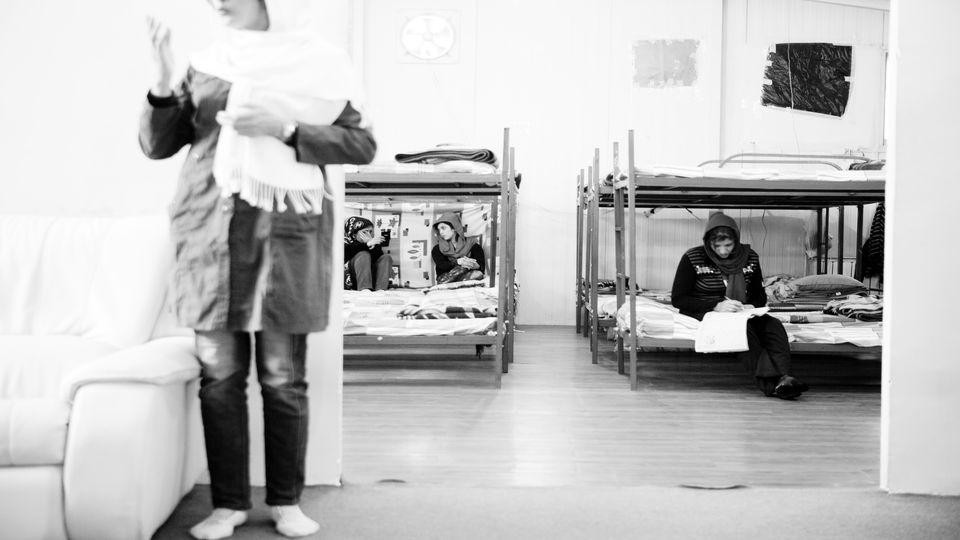
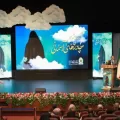
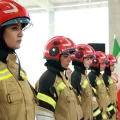
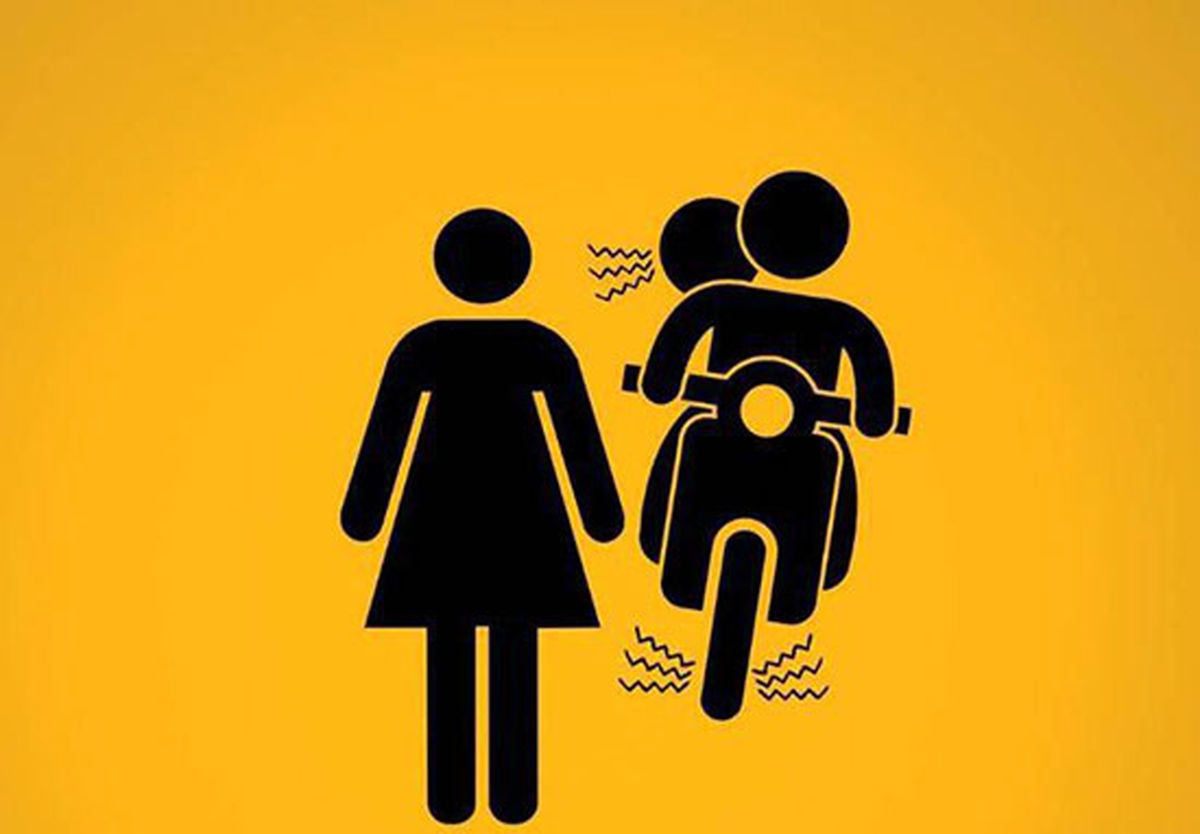
Leave a Reply